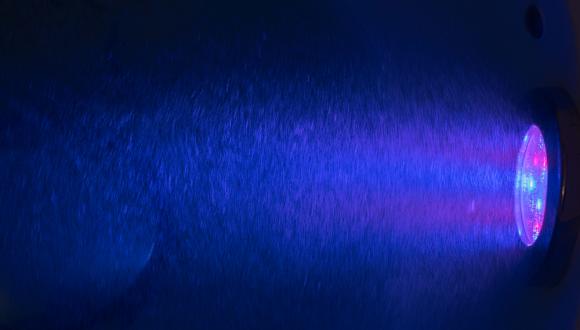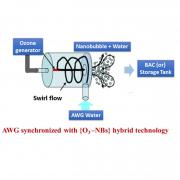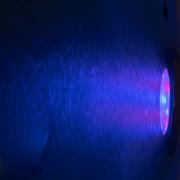Advanced oxidation processes by UV-LED/H2O2 in different wavelengths for degradation of EE2
In the last decades, growing number of literature reviews regarding the presence of organic persistent compounds in the environment, has been published indicating on a worldwide problem . Pharmaceuticals and hormones are two examples among a wide group of organic persistent compounds detected in the environment, which derive from wastewater.
The project aimed to examine a combination of advanced oxidation process together with biological degradation at the same reactor to achieve an optimum degradation of persistent compounds in wastewater or contaminated water.
Measurements of the influence of UV-LED/H2O2 (UV Light Emitting Diode, UV LED) on degradation of 17α-ethynylestradiol (EE2) were conducted in order to find the best wavelength in UV-C , UV-B or combination, which may break down EE2 at the lowest time and the lowest UV-LED dose. There are two main factors which responsible to degradation, first, the direct photolysis, which a chemical compound is broken down by photons. Second, an indirect process caused by free radicals formed by UV-LED /H2O2, a procees that increase yielded removal efficiency. The combination of both, physical and biological mechanisms, enable to optimize and to improve the degradation of persistent compounds within the aquatic environment.





